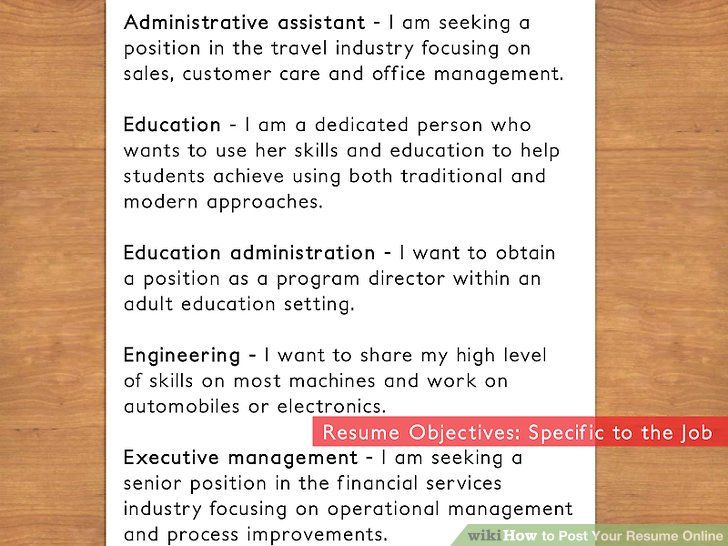
As the Internet becomes such a widespread part of life, it is not surprising that it is gradually becoming an integral part of the educational experience. This article discusses online learning of its evolution, factors to consider when developing an online course, reasons to create an online learning environment, different types of online learning and tips for maintaining and optimizing an online course.
E-learning is the use of multimedia tools and technologies (computers, videos, kiosks, etc.) by electronic means to demonstrate and / or teach a concept and / or skill.
Did you know that when you insert a keyword into a search engine, this is an online learning method?
More than 70% of Internet users use online search sites to conduct secondary research. However, it is up to the user to determine what information is deemed important and reliable. When results appear on a webpage after a keyword search, most people display the results of the first two pages. The use of online research is considered an “unstructured learning environment” because there is no agenda or learning sequence (as opposed to a structured learning environment in which Resources (including text and hyperlinks) are presented in a complete format, such as a web page or compact disc (CD).)
Someone may be looking for a particular product. There is no “predetermined” path or procedure as long as they find the product. When consumers visit different sites to compare prices, this is an online learning method. Some people send friends and relatives to their “wish list” online. Why? So that they can learn what gifts they want to buy for them.
There are two types of online learning. The first is the practical synchronous learning environment. This is also called real-time and live learning. Examples of this can be found in online seminars, live chats and conferences.
The other type is asynchronous learning. This type of learning occurs at the user’s pace. Learning can be done beyond school hours. The forums in which this can be done are by sending an email to the instructor to give him advice, a discussion, a bulletin board or by submitting work by posting and then online.
Despite the resources available in today’s world, instructors and institutions do not fully utilize e-learning. Nearly 90% of educational institutions have access to the Internet; however, only a fraction of the instructors integrate it into their curriculum. Another challenge is the “digital divide”. Lack of income, limited or no access to a computer and lack of access to the Internet are factors contributing to the “digital divide”. Students at the edge of the break may be reluctant to work in a new environment.
Institutions are not immune to the “digital divide” either. Education budgets are increasingly being used because technology is sometimes seen as an afterthought and not a necessity.
Online learning is not a media left to the academic world alone. Business environments use e-learning tools to train employees. Many continuing education courses, adult training courses and seminars are also organized online. Software publishers often provide customers with periodic training sessions on the use of their products.
To ensure the success of online learning, it is important to begin planning an online course by defining its purpose and objectives. Once the goal is set, determine how attending the online course will help improve the class’s experience in reaching the goal. Is online support a tool in which the student will actively use, or is it a medium that would be used to display items of interest, such as diagrams, graphics or videos?
Before creating and teaching an online course, it is important to get a direct experience of the resource. If you have not taken an online course, it is suggested to do so. Online courses can last from half an hour and one hour to a semester or year.